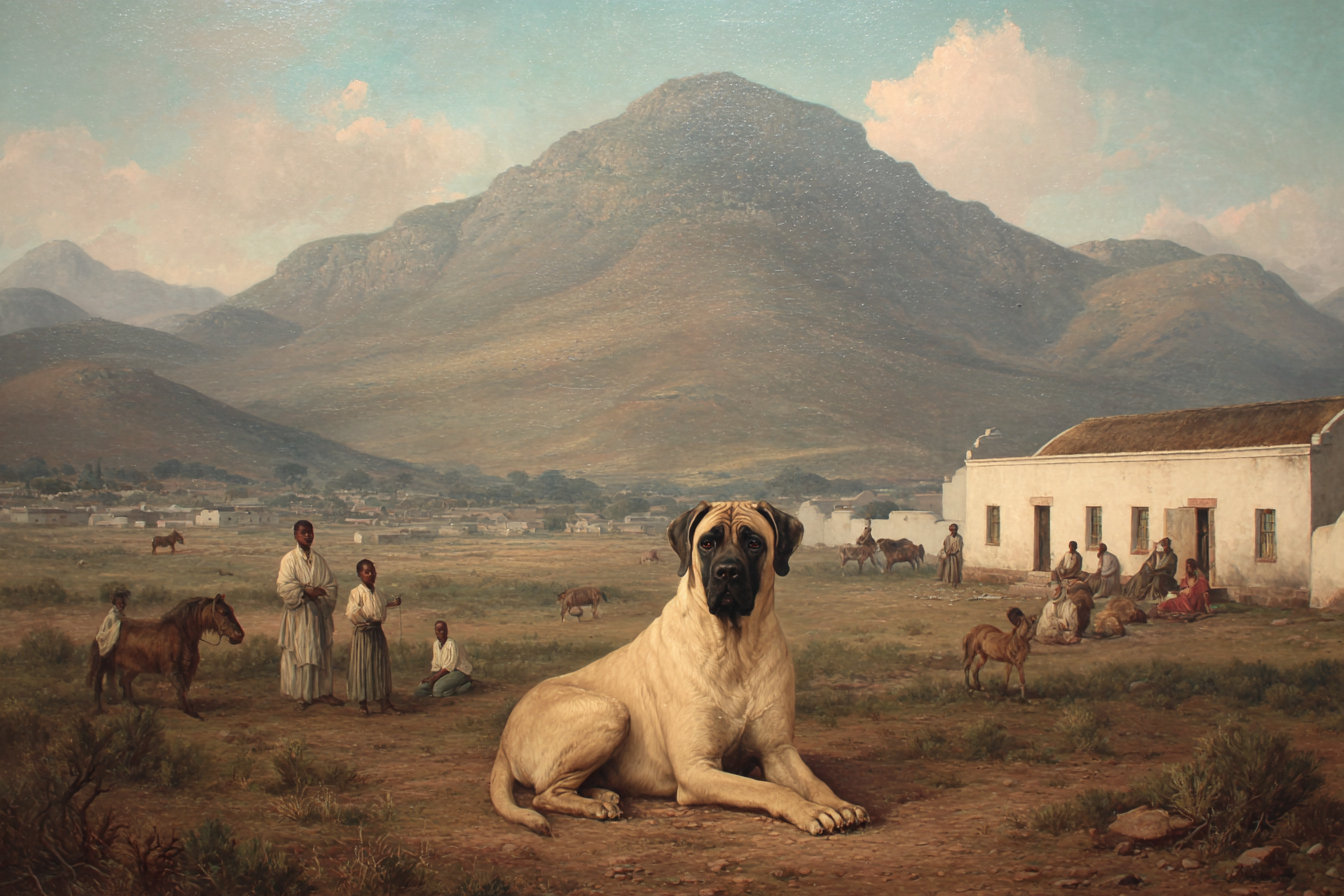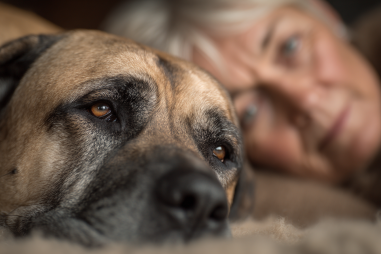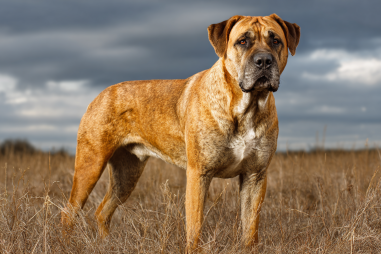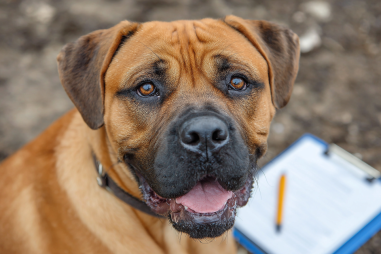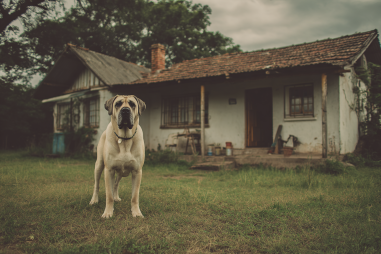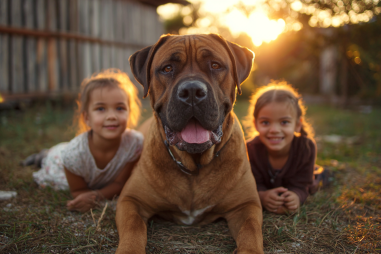The Boerboel is a remarkable breed that embodies strength, loyalty, and history. Known for its protective nature and impressive size, this South African breed has a rich background deeply intertwined with the country’s agricultural and cultural development. Understanding the Boerboel’s origins not only highlights its place in the canine world but also gives insight into the people and environments that shaped it. Let’s take a journey through time to uncover the fascinating history and origins of the Boerboel.
Early Ancestors and Development
The origins of the Boerboel trace back to the early European settlers in South Africa during the 17th and 18th centuries. When Dutch farmers, also known as “Boers,” arrived at the Cape of Good Hope, they brought with them large working dogs from Europe. These early dogs were bred for guarding properties and assisting with farm work. Over time, these dogs were crossed with indigenous African dogs and possibly other breeds brought by subsequent settlers, such as the British and Portuguese.
The resulting mix was a powerful and robust dog, well-suited to the harsh and challenging environment of South Africa. The Boerboel inherited a muscular frame, agility, and an acute protective instinct. These traits made it an excellent guardian for both the farm and family, capable of defending against wild animals and human intruders alike.
This blend of European mastiff-type dogs with local African breeds makes the Boerboel’s lineage quite unique. Their early development was practical and necessity-driven, producing a breed capable of surviving and thriving in the South African landscape.
Roles on Farms and Homesteads
Throughout the 18th and 19th centuries, the Boerboel was an indispensable part of South African farms and homesteads. The name “Boerboel” itself comes from Afrikaans, combining “Boer” (farmer) and “boel” (dog), emphasizing its role as the farmer’s dog. These dogs were primarily used for protection against predators like lions, leopards, and hyenas, as well as guarding the homestead from trespassers.
Besides their guarding duties, Boerboels were also versatile working dogs. They helped with herding livestock when necessary and could be relied on to protect flocks or herds from theft and attack. Their calm yet confident demeanor allowed them to work alongside the farmers, keeping the homestead secure while remaining loyal companions.
The Boerboel’s imposing size and natural alertness made them a favored breed for defense. Their intimidating presence alone was often enough to deter unwanted visitors, but their courage was undeniable when action was required. This working relationship between the Boerboel and South African farmers has kept the breed alive and thriving, as they were bred with careful selection to preserve these valuable traits.
Breed Recognition and Preservation
Though the Boerboel had been a staple on farms for generations, formal breed recognition took time to develop. In the early 20th century, efforts to standardize and preserve the breed began as South Africa grew more aware of its unique national dogs. Various clubs and organizations were established to promote the Boerboel and its protection, including the South African Boerboel Breeders’ Society founded in the 1980s.
Breed standards were developed to outline the ideal Boerboel’s physical and temperamental traits. These standards aim to preserve the breed’s integrity by ensuring its strength, health, and functionality are not compromised in favor of aesthetics. The breed’s powerful frame, strong head, and confident posture became the markers for which breeders aimed.
International recognition followed, with breed clubs and kennel organizations outside South Africa embracing the Boerboel. However, the breed’s preservation has always emphasized maintaining its working dog capabilities above purely show qualities.
Modern-Day Boerboel
Today, the Boerboel has become more than just a farm guardian; it is a beloved family companion known for its protective yet affectionate nature. The breed maintains its original purpose of protection but adapts well to modern living conditions with proper training and socialization.
Boerboels are now found around the world, prized for their loyalty and adaptability. They require ample exercise, mental stimulation, and an experienced owner to thrive. Despite their imposing size, they are known for being gentle with children and highly devoted family members.
In modern times, Boerboels continue to work as guard dogs and protectors, including roles in security and police work. Their natural guarding instincts, combined with intelligence and trainability, make them well-suited for various protective roles beyond the farm.
Cultural Significance
The Boerboel holds a special place in South African culture and heritage. More than just a breed, it symbolizes the hardworking spirit and resilience of the Boer farmers who settled and cultivated the land. This dog is a living link to South Africa’s rural past and its people’s determination to build and defend their homesteads.
In many ways, the Boerboel is a national icon, often seen in art, media, and folklore representations that celebrate loyalty, strength, and courage. The breed’s image is intertwined with the African landscapes and farm life, making it a source of pride for many South Africans.
Caring for a Boerboel is often viewed as an homage to tradition, keeping alive a piece of history with every generation. Educational programs and breed clubs continue to raise awareness of the Boerboel’s cultural importance, ensuring that its legacy endures.
The Boerboel’s Journey Through Time
The Boerboel’s history is a testament to the adaptability and endurance of working dogs in challenging environments. From its origins as a blend of European and African canines guarding homesteads to its role today as a family protector and cultural symbol, the Boerboel has remained true to its roots.
By understanding its background, owners and enthusiasts gain a deeper appreciation for the breed’s unique characteristics and the responsibility involved in raising such a powerful dog. The Boerboel is not just a pet; it is a living legacy of South Africa’s pioneering past, a breed carefully crafted by history and environment to serve, protect, and love.

